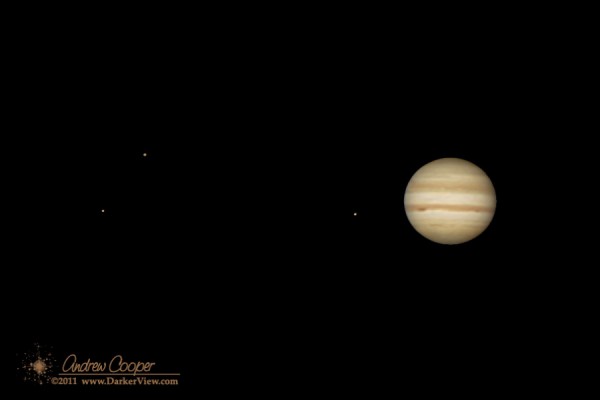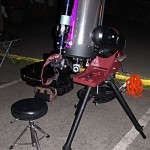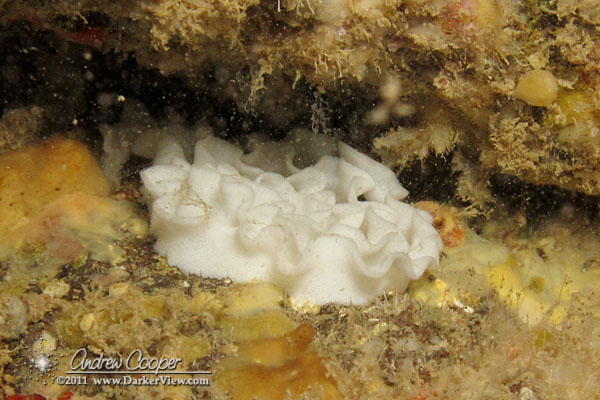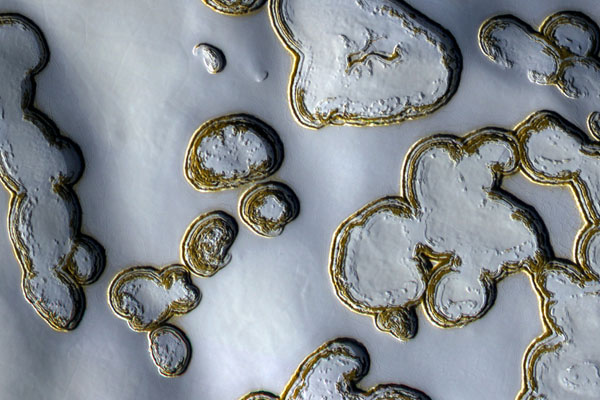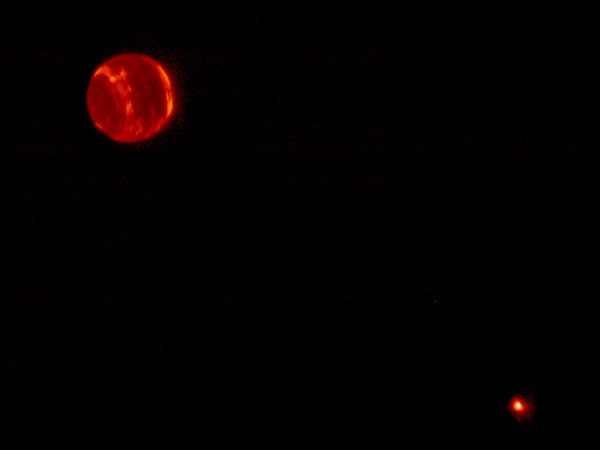A substantial portion of my life is now online. In addition to my writing and photography here, I read a number of other blogs. Indeed, much of my view of the world comes from the wide variety of information sources I consume.
The era of a few authoritative news sources (newspapers, network TV, etc.) serving large segments of the public is gone. Perhaps, while this may still be true for the generations of folks who grew up with this arrangement, it is certainly not true for younger generations who have become accustom to the wide variety of information sources available today. We select our news and information sources from a bewildering array of choices. Who we are is reflected in what sources we choose.
In addition to utilizing these new services, an increasing number of people choose to contribute to the dialog. Through removing the traditional barriers, technology allows anyone to begin publishing. Websites and blogs, social networks and video services, permit any voice to be heard, widely distributed and shared with a worldwide audience.
Many news organizations are struggling to come to grips with this new model of information. This was the theme of today’s symposium. A day of seminars and discussions into this new world of journalism.
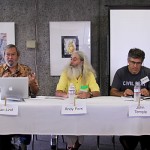
Along with the discussions there were a number of seminars on media basics. A welcome opportunity for a rank amateur such as myself. Unfortunately these were all too brief, as we hurried from room to room through a day packed with events.
A number of the presenters brought their personal experience of living through the tumult of this transition. Folks who had pursued careers in traditional journalism, now finding themselves having to adapt to new media, and new business models. Lives upended by change, stories of loss, and how they are coping, or even taking advantage of the new opportunities. More importantly, as they enter into this new era they have attempted to bring with them the core values of traditional media, of integrity and pursuit of the story.
I may be a mere blogger, but there is always something to learn. Particularly when offered an opportunity like this symposium. I spent today learning. Learning about the business of journalism. Exploring the issues involved with providing an indispensable public service. And seeing, if dimly, where we may be going as a society. A society defined by information and what we do with that information.
(My thanks to Tiffany, who spearheaded this event. She was everywhere and kept everything moving. Well done!)


